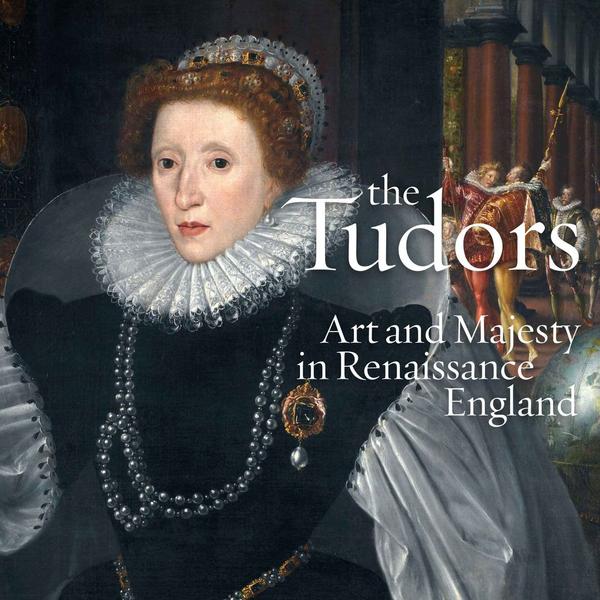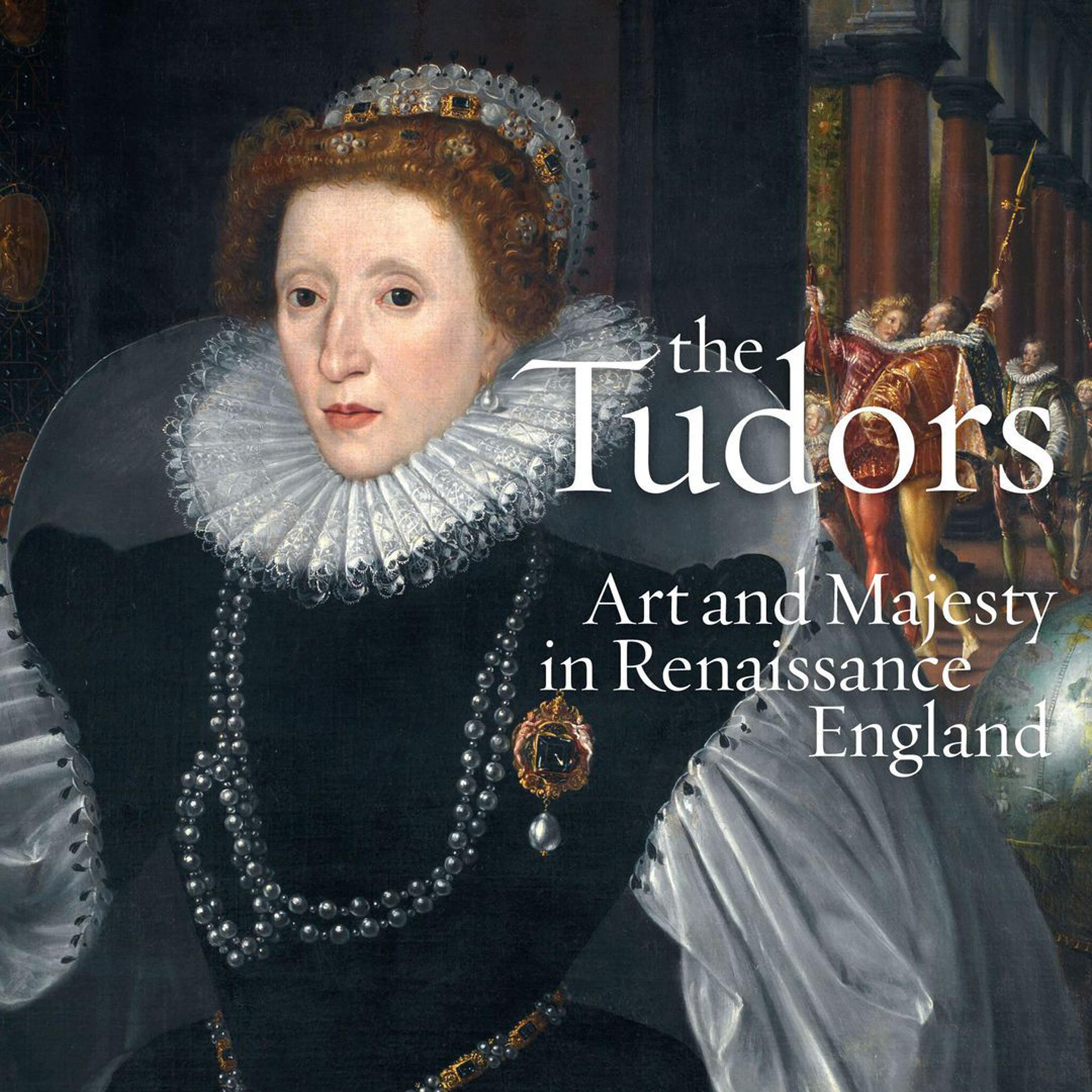England under the volatile Tudor dynasty was a thriving home for the arts. An international community of artists and merchants, many of them religious refugees, navigated the high-stakes demands of royal patrons, including England’s first two reigning queens. Against the backdrop of shifting political relationships with mainland Europe, Tudor artistic patronage legitimized, promoted, and stabilized a series of tumultuous reigns, from Henry VII’s seizure of the throne in 1485 to the death of his granddaughter Elizabeth I in 1603. The Tudor courts were truly cosmopolitan, boasting the work of Florentine sculptors, German painters, Flemish weavers, and Europe’s best armorers, goldsmiths, and printers, while also contributing to the emergence of a distinctly English style. This exhibition will trace the transformation of the arts in Tudor England through more than 100 objects—including iconic portraits, spectacular tapestries, manuscripts, sculpture, and armor—from both The Met collection and international lenders.
Accompanied by a catalogue.
To access the booklet of all in-gallery labels, click here.
The exhibition is made possible by Alice Cary Brown and W.L. Lyons Brown, Frank Richardson and Kimba Wood, Barbara A. Wolfe, the Diane Carol Brandt Fund, The Coby Foundation, Ltd., The Klesch Collection, Ann M. Spruill and Daniel H. Cantwell, and Sharon Wee and Tracy Fu.
This exhibition is supported by an indemnity from the Federal Council on the Arts and the Humanities.
It is organized by The Metropolitan Museum of Art and The Cleveland Museum of Art, in collaboration with the Fine Arts Museums of San Francisco.
The catalogue is made possible by the Diane W. and James E. Burke Fund.
Additional support is provided by the Hata International Foundation and the Samuel H. Kress Foundation.
Audio Guide
Hear about the portraits of some of the most famous Tudor figures alongside the superb decorative arts produced during this period.

580. Introduction
NARRATOR:
Welcome to The Tudors: Art and Majesty in Renaissance England.
The year is 1485. Henry Tudor has just seized the throne of England. Henry’s enemies describe him in damning terms:
VOICE 1:
An unknown Welshman whose father I never knew…
NARRATOR: And another referred to Henry Tudor as...
VOICE 2:
Captain of rebels and traitors, descended of bastard blood…
NARRATOR:
But Henry’s new dynasty gained recognition from the world; and it achieved this partly through the magnificence of its art.
ELIZABETH CLELAND:
I'm Elizabeth Cleland and I'm a curator in the Department of European Sculpture and Decorative Arts at The Metropolitan Museum of Art.
One of the things that's so compelling about the Tudors is that they really knew how to use art to project and craft this incredible impression of majesty.
ADAM EAKER:
Hi, my name is Adam Eaker. I’m an associate curator in the Department of European Paintings.
We want to present the Tudor courts as a center of Renaissance innovation and patronage. And introduce our visitors to the incredibly engaging and colorful personalities of this court.
NARRATOR:
And you’ll hear the voices of some of those personalities, in their own words, from first-hand historic accounts from the Tudor period.
This Audio Guide is sponsored by Bloomberg Philanthropies.
###
Playlist
Exhibition Objects
Press the down key to skip to the last item.
Latest reviews
No dynasty has better captured the modern imagination.
A glorious show
One of the most exciting exhibits of the fall
Sumptuous
Speaks to popular culture’s fascination with fashion, royalty, and fame
A dazzling array of visual strategies for rule
A focused, cool and refreshing study in the imagery of power
Exhibition Catalog
Exhibition Catalogue
This title offers a fascinating new look at the artistic legacy of the Tudors, revealing the dynasty’s influence on the arts in Renaissance England and beyond.
